

Episode 04: Inspiration for redesigning sweet experiences


Hi, I’m Feng Shi, Category Technical Leader. Today we’ll explore together how we can find fresh sweet taste inspiration and capture flavours from novel sources.
Here’s what we’ll cover:
- The attributes most impacted by sugar reduction
- Discovering new flavour compounds
- Identifying active flavour compounds
- Capturing aroma to create authentic flavours
- Discovering natural flavour modifiers in the lab
Watch the episode
Explore our insights
Scroll down or click on the boxes below to jump to the most relevant content
When sugar is reduced various attributes suffer.
This is why we’re constantly looking for new ingredients that can offset those drawbacks.
Sweet
intensity

Sugary
body and mouthfeel

Sugary body and mouthfeel
Fast
sweet onset

Flavour
top notes release

We approach this in three key ways:

Taste treks
Exploring opportunities to discover the most unique new ingredients that have not yet been used in flavour creation.

Givaudan’s Chef’s Council
Connecting with some of the world’s most respected and renowned chefs to spot emerging trends.

External collaborations
Working alongside academic institutes worldwide to source botanicals with unique taste and functionalities.
When a food or a plant has been identified as having interesting sensory properties, the next challenge is how to identify the molecules responsible for this effect.
What is the typical concentration of active components in plants?

|

How can we filter out conventional compounds
to enrich the potential taste modifiers?*
Non-targeted molecule discovery through sensory guided fractionation
Targeted molecule discovery by combining human and artificial intelligence
Some aroma molecules can be quite fragile and the freshness of the flavour profile may fade after heating
FreezeFrame® was developed to tackle this issue. But how does it work?
Freeze

|
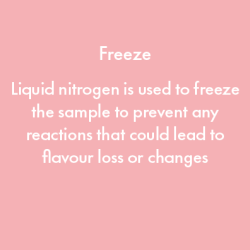
Separate

|

Identify

|
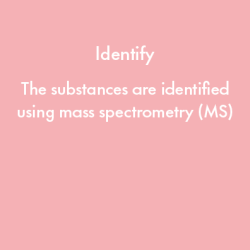
Some of the authentic top notes that Givaudan has been able to create using this approach include:
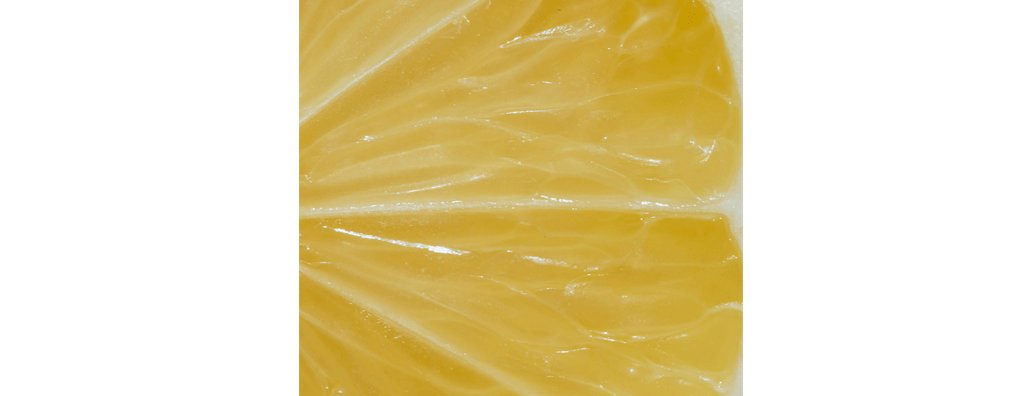
Lemon-lime
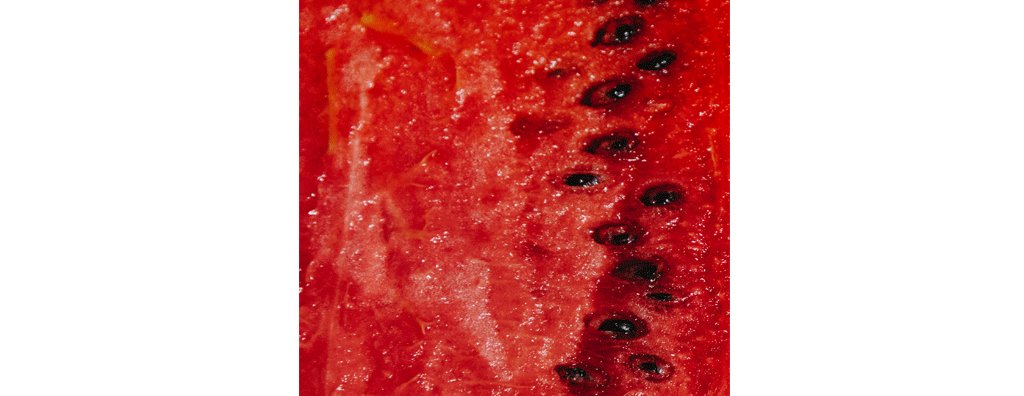
Watermelon
Discovering natural flavour modifiers in the lab
Natural food processing can also provide inspiration for creating flavours.
Here’s how it works
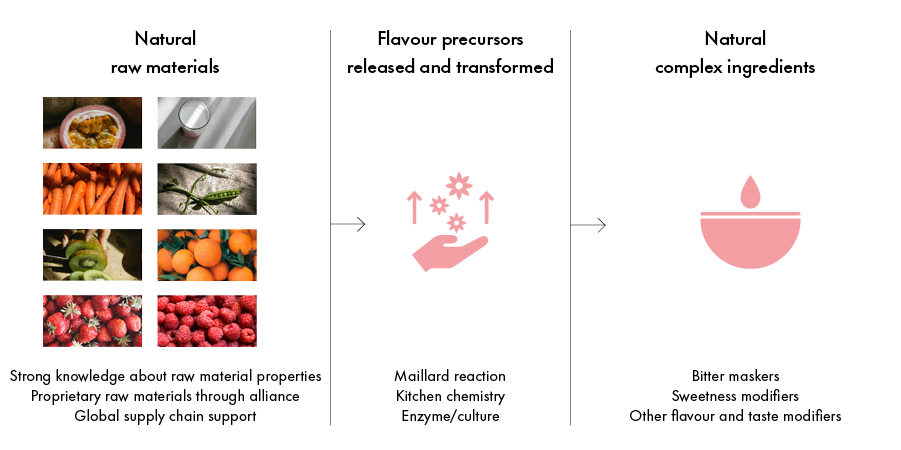
Maillard reaction
A Maillard reaction is the non-enzymatic reaction between reducing sugar (carbohydrates) and amino acids (proteins). It contributes to the sensory quality of thermally processed foods

How many taste modifiers area available in Givaudan’s sweet toolbox?
60
Proprietary taste modifiers
50
Natural modifiers
40
Patented with exclusivity
* Find out more in Season 1, episode 3